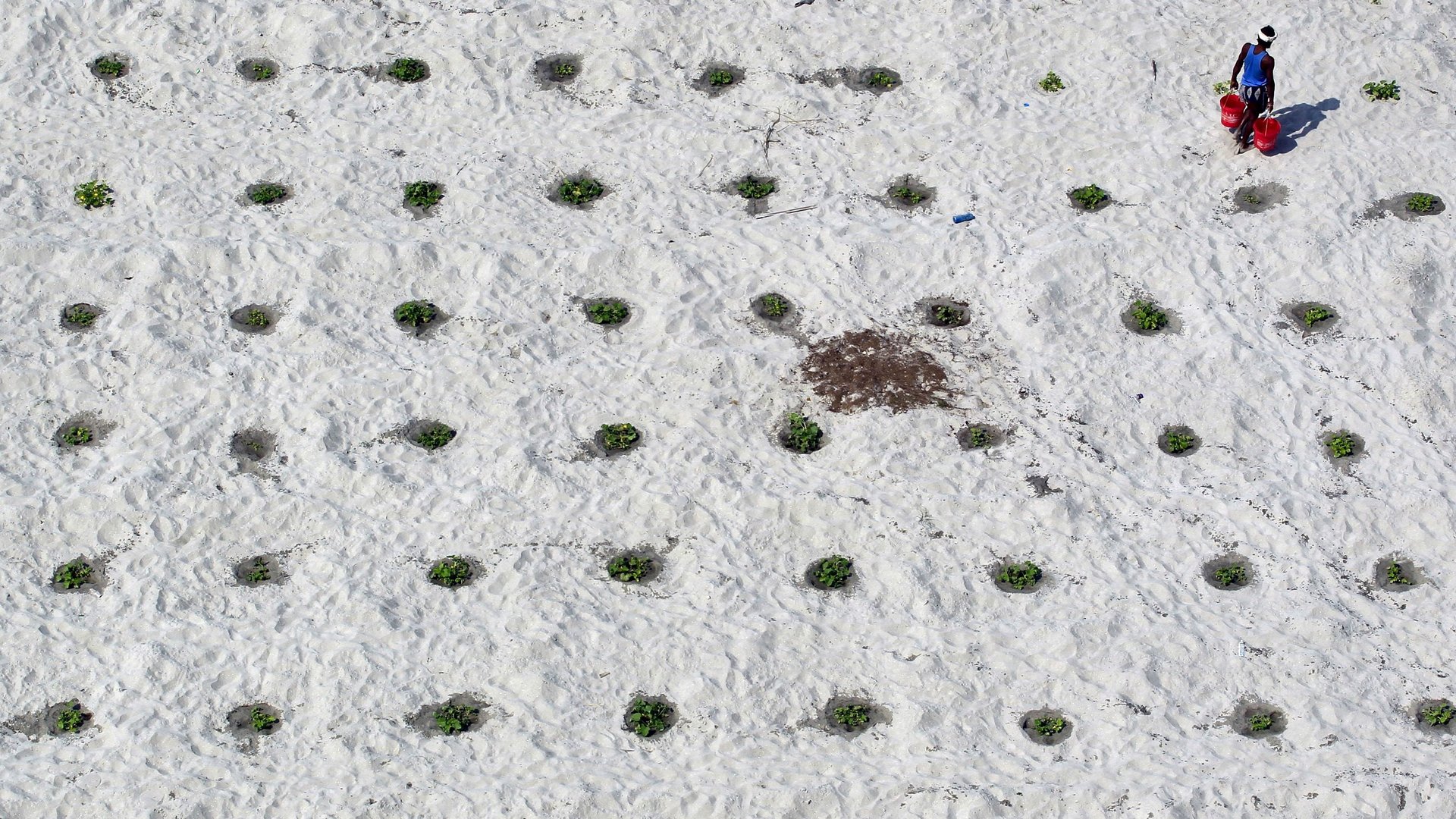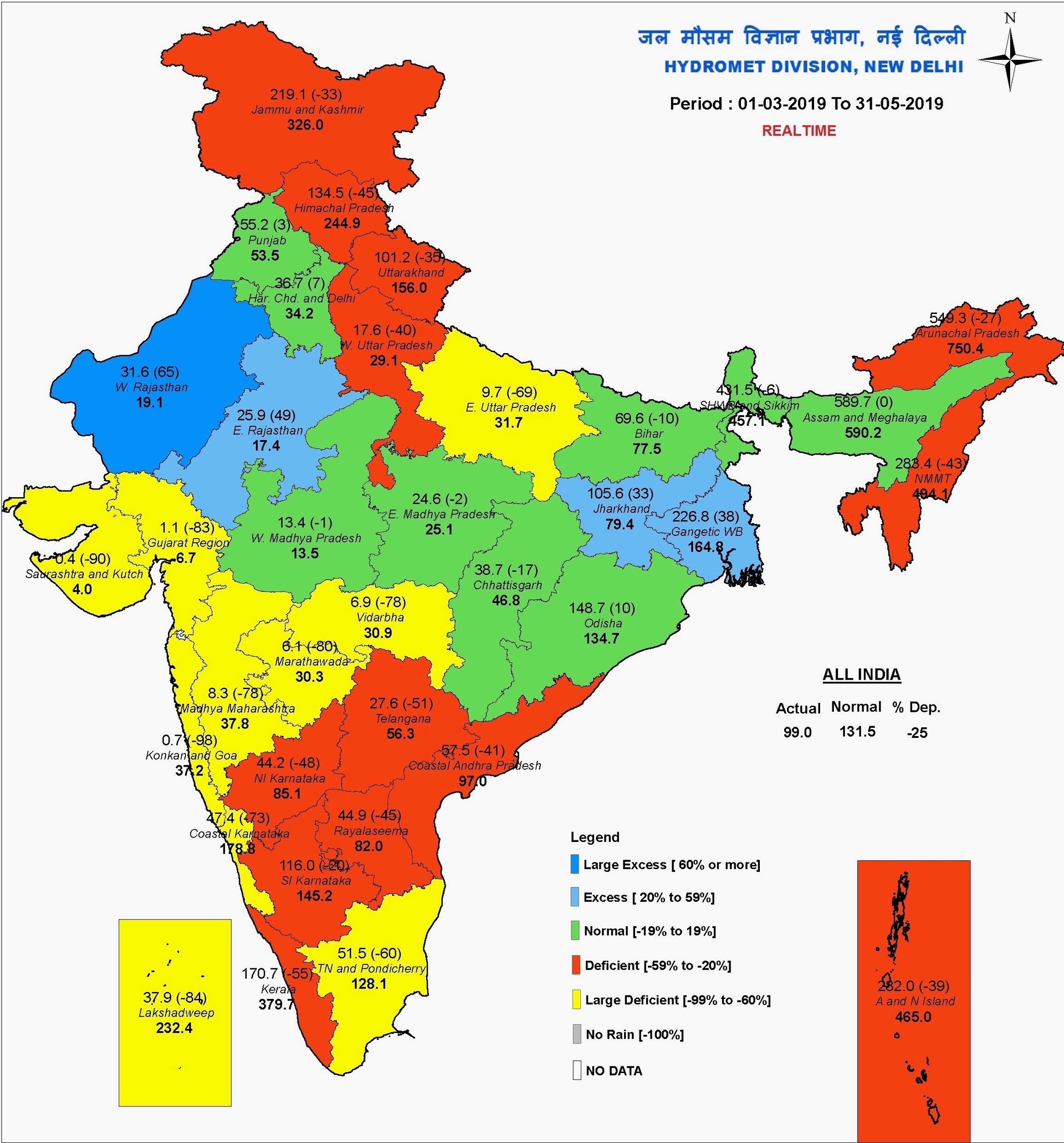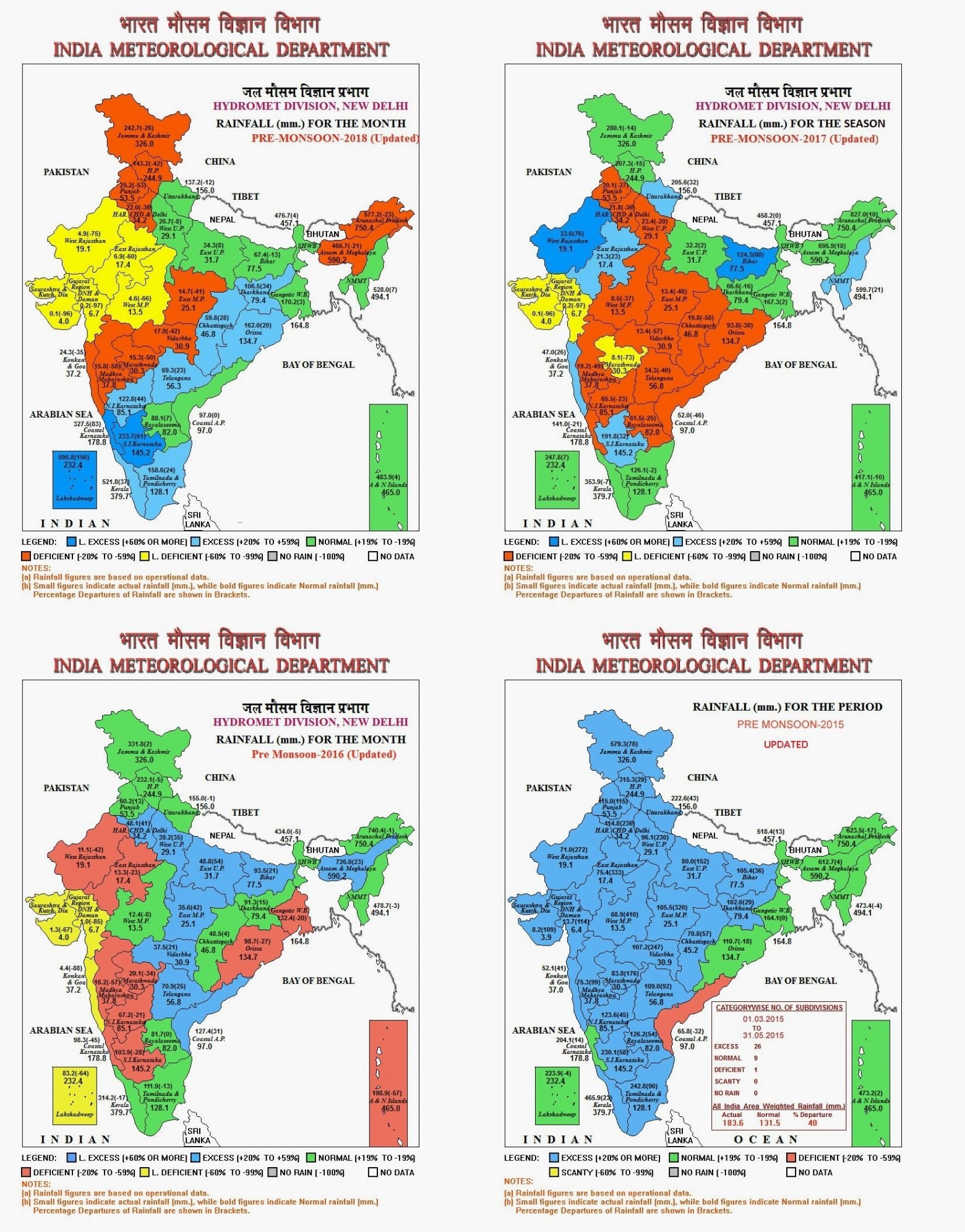Mapped: How parched is India?
India’s western and southern states are facing an exceptionally dry summer due to deficient rains.


India’s western and southern states are facing an exceptionally dry summer due to deficient rains.
Pre-monsoon rainfall in the country, which occurs between March and May, has been the lowest in a decade, according to the India meteorological department (IMD).
The most parched are the western states of Gujarat and Maharashtra, followed by the southern peninsula and parts of the northern state of Uttar Pradesh.

Monsoon rains are the biggest source of rainwater in India. However, pre-monsoon showers mitigate water shortage during the summer months, helping maintain soil moisture for agriculture.
Over the past few years, while western India has seen a trend of pre-monsoon dryness, the southern part of the peninsula usually receives normal—sometimes even excessive—downpour.

Falling reservoir levels
Water levels in the reservoirs in western and southern regions are also falling faster than normal, according to the central water commission (CWC). The quantity of water in the reservoirs of the southern state of Andhra Pradesh has dipped 84% more than its usual level around this time of the year.
Monsoon rain will be crucial in replenishing these states’ reservoirs. Though IMD has predicted a “normal” monsoon this year, its arrival has been slightly delayed, and is now expected on June 06 at the southern tip of Kerala.
India is going through its worst water crisis in history, and up to 21 cities in the country are likely to run out of groundwater by 2020, according to the Niti Aayog, a government think tank.